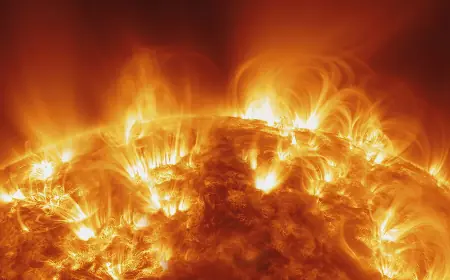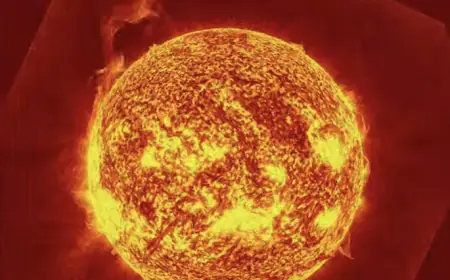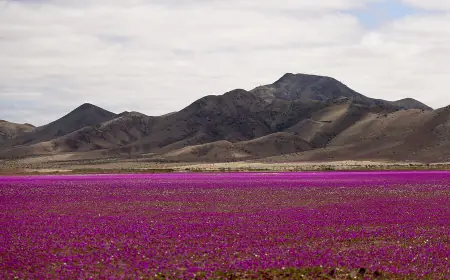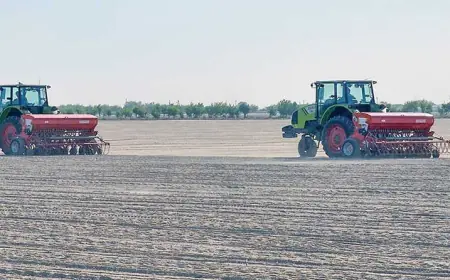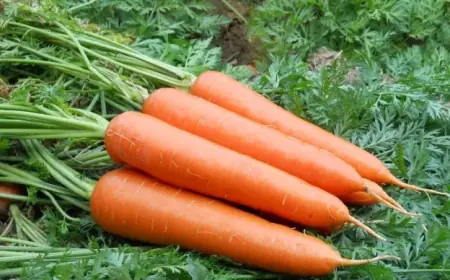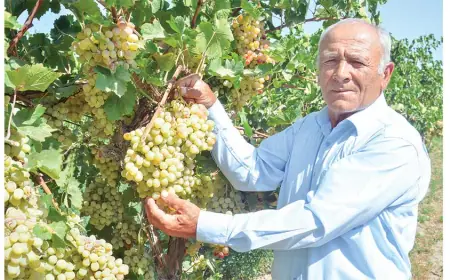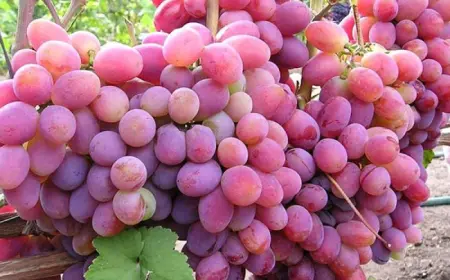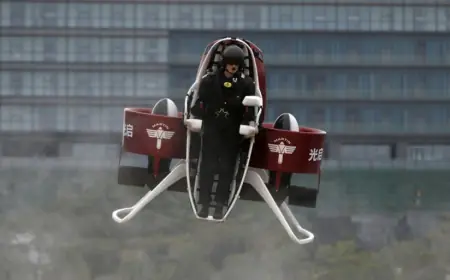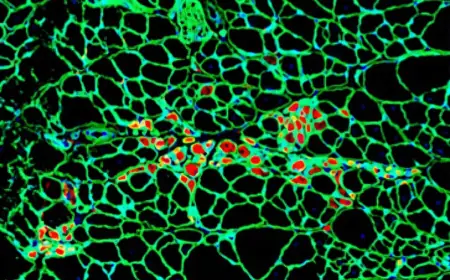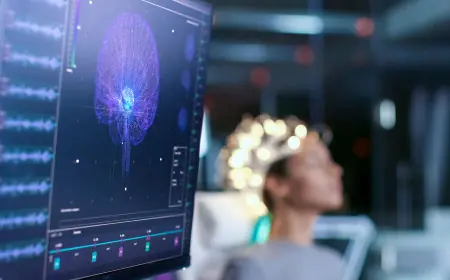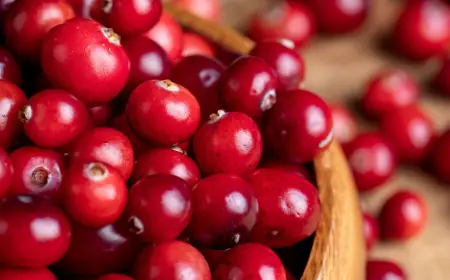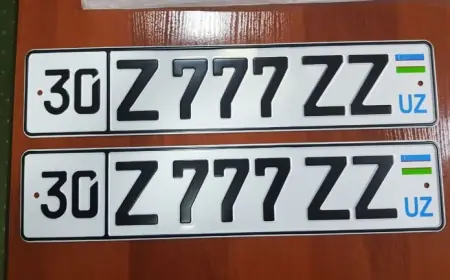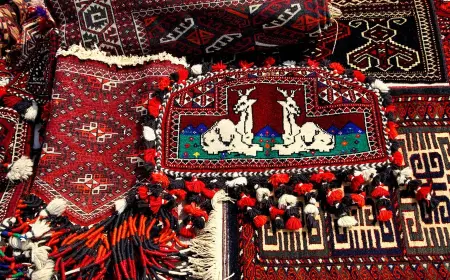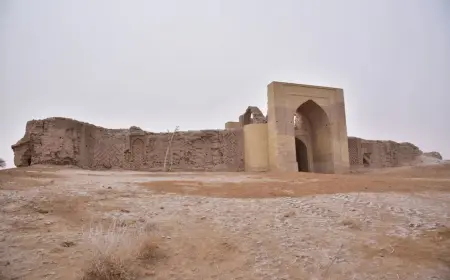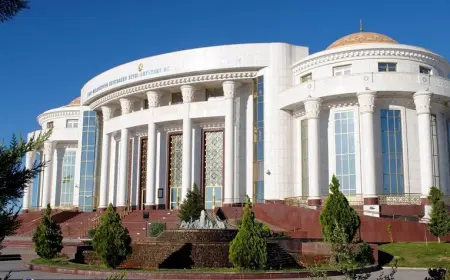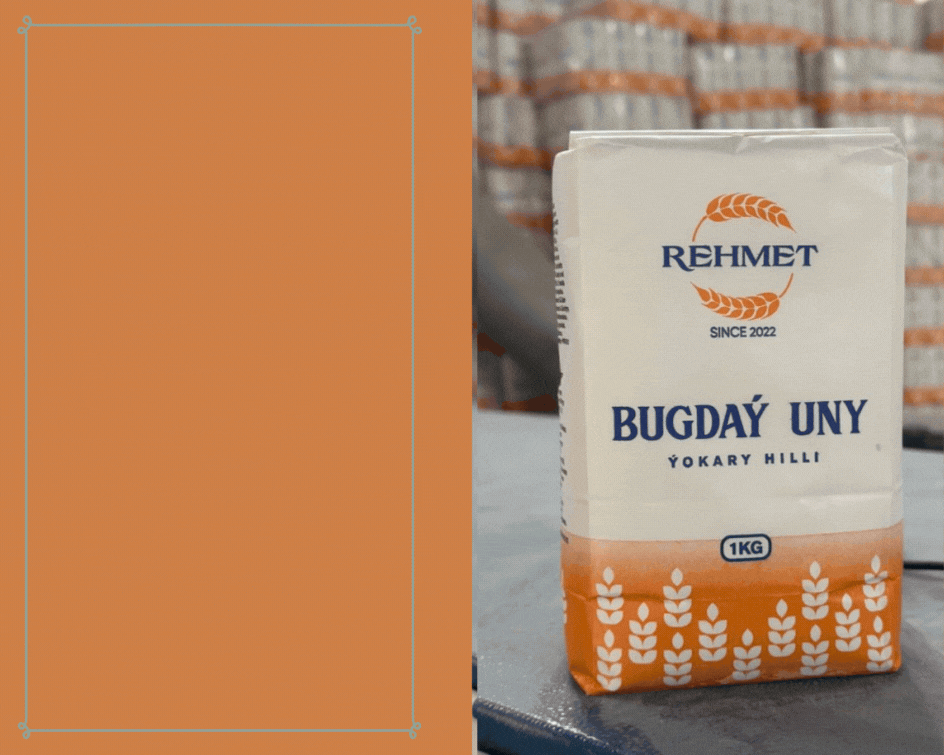MÜRZEBEG GALA – HISTORICAL & CULTURAL MONUMENT
Among the historical and cultural landmarks in the Kerki region, the archaeological sites of Mürzebeg Gala, Omar Gala, and Gyzylýak Gala hold distinctive importance. In the 20th century, renowned archaeologists such as W. Pilipko, T. Hojanyýazow, H. Ýusupow, and G. Gutlýýew conducted significant research at these ancient locations.
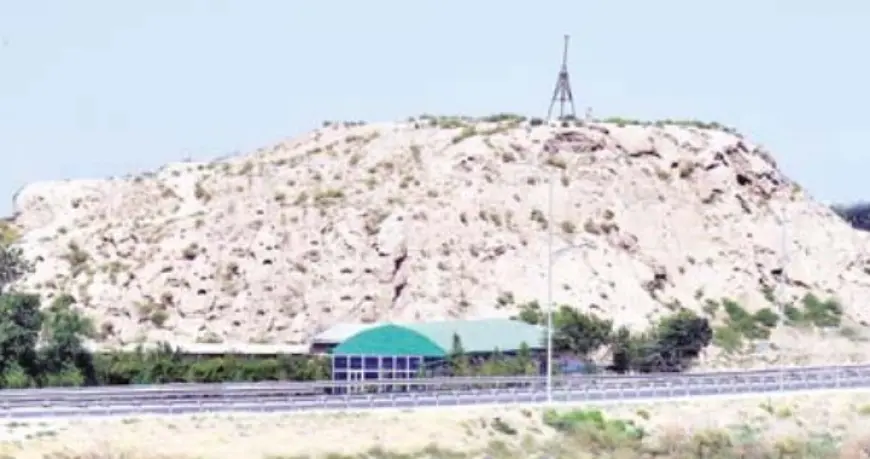
Mürzebeg Gala stands as one of the largest archaeological monuments on the western fringes of Kerki, perched on the left bank of the Karakum River. This ancient settlement crowns a prominent mound and is visible from afar due to its massive wall remnants.
In his seminal 1976 paper “Findings of Parthian Coins in the Amu-Darya Region” (published in Monuments of Turkmenistan, No. 2), historian and archaeologist Dr. V. N. Pilipko dated the first inhabited structures of Mürzebeg Gala to the 3rd–2nd centuries BCE, noting that its urban life flourished particularly in the early Common Era. These findings were corroborated by excavations carried out in 1975 by the History Institute of the Turkmen Academy of Sciences.
Although the scope of the excavations was limited, the findings revealed a wealth of cultural artifacts, allowing researchers to reconstruct aspects of ancient city life. As Dr. Pilipko observed, Mürzebeg Gala’s historical roots spanned many centuries. Artifacts from the site are now displayed at the Kerki Historical and Local Lore Museum, the local 12th secondary school, and the State Historical and Cultural Reserve “Kerki”.
The site comprises a fortified city atop a large mound surrounded by collapsed structures. Excavations uncovered many shards of ceramic and glass vessels, brick fragments, and remnants of mud-brick architecture—evidence of a once-thriving urban center.
Mürzebeg Gala’s strategic location on the Great Silk Road, linking Khorezm to India, made it an important trading hub. Merchant caravans passed through, engaging with local populations and contributing to both economic and cultural prosperity. The vibrant city life was characterized by the cries of heralds and melodic strains of local musicians.
The settlement continued to thrive through the early and late medieval periods. Archaeological finds include Parthian and Kushan coins, figurines of human forms, ceramic and glassware vessels, beads, and painted pottery. These artifacts provide insight into the ancient history, ethnography, architecture, economy, material culture, and governance of southeastern Turkmenistan.
Today, archaeological research continues at Mürzebeg Gala, contributing to a deeper understanding of Turkmenistan’s illustrious past.
May the lives of our heroic leaders—Hero Arkadag and Arkadagly Hero Serdar, who have made immense contributions to the study, preservation, and promotion of our national historical and cultural heritage—be long and blessed! May their noble efforts for the benefit of the homeland and people be crowned with success.
